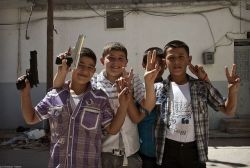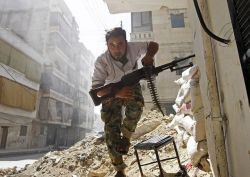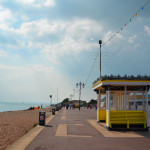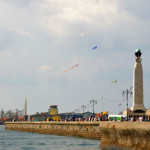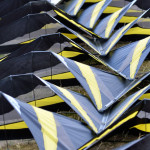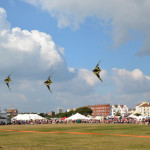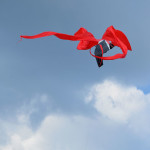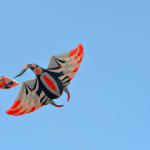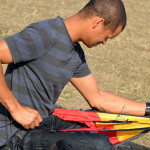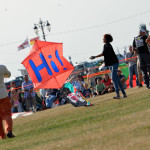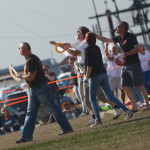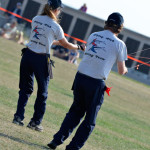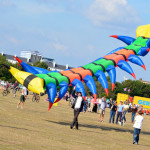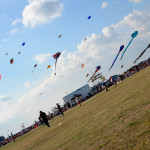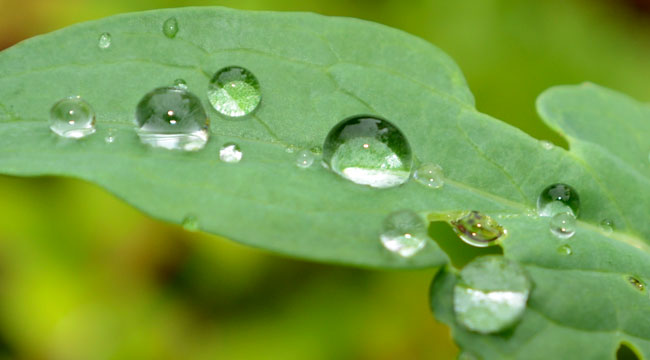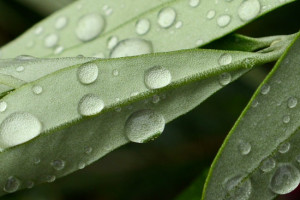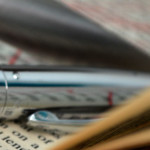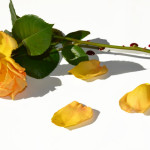Exercise: Cut out some pictures from a newspaper and write your own captions.
Based on images from The Guardian, Tuesday 7th April 2015
Original Title: Western sanctions cut options for Crimean shoppers (shows a woman being served at a meat counter)
My alternatives:
Anchor
• Pork sales outstrip beef for the first time
• Independent meat retailers return to high street
• Women still responsible for 98% of food shopping
Relay
• Meat prices falling following new BSE scare
• Row over ‘aged’ meat claims
• Do you know your food miles?
• Superstores cartel in meat scandal
• Proposal for meat rationing put forward to combat obesity
• EU meat trade in crisis
Original title: Alternative Manifestos for School Reform (shows a male teacher in a suit at the front of a classroom)
My alternatives:
Anchor
• Male entrants to teaching profession is rising
• Teaching profession faces highest levels of early retirement in any sector
• Male teachers still mostly teach maths, technology and science subjects
Relay
• Use of untrained teachers grows under Conservatives
• Teacher CPD at an all time low
• Teacher morale declining following recent policy changes
• Schools in special measures at an all time high
• Free school is failing local residents
• Schools reforms have not gone far enough says Minister
• • Failing school turns fortunes around in 18 months
Original title: Tehran’s reborn Symphony orchestra: an ovation before playing a note (shows the full Tehran Orchestra with their instruments)
My alternatives
Anchor
• Gender balance in orchestra improved
• Tehran orchestra on stage at the Barbican for the first time
• Women allowed into orchestra for first time
Relay
• Orchestra caught in maelstrom over new conductor
• Investment in young musicians essential says conductor
• Orchestra plays new piece by Iranian composer
• Orchestra threatened with closure
Original Title: If Jail on its own worked America wouldn’t have crime. You need a different approach (Shows two policemen in Hi-Vis jackets walking under the statue at the Rangers ground)
My alternatives:
Anchor
• PCOs given bravery award
• High Visibility vests save lives of two policemen
• Police to be given new footwear as a result of damage to feet
Relay
• Police to be given improved public order training
• Football memorial damaged by vandals
• Sectarian violence on the decrease in Scottish football
• Rangers to move to new purpose built ground
• Football hooliganism on the rise again
• Funding cuts mean less Police on the beat
• Police and fans in dialogue about future match policing





